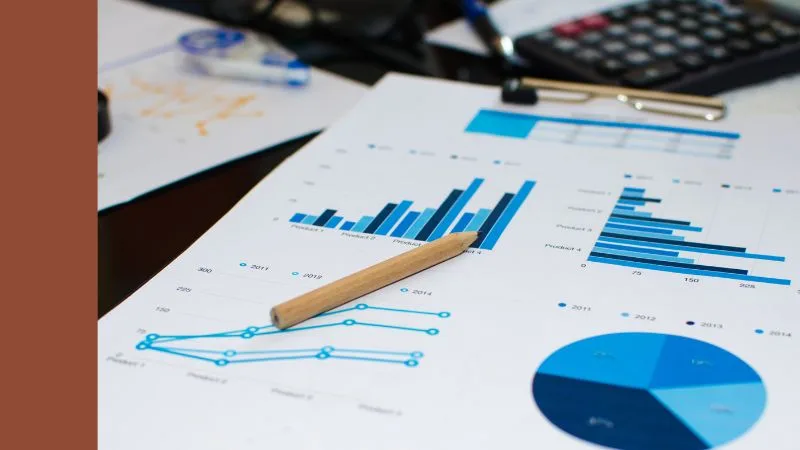Mixed results from the US overnight, with inflation coming in at just 2.29% but GDP growth also shrank to an annualised 0.30%. This is the first real sign of Trump’s tariffs coming through in the numbers.
The result was a 2% drop on the S&P 500. Through the course of the day’s trading this was pulled back and finish flat for the day.
Microsoft Corporation (NASDAQ:MSFT) and Meta Platforms Inc (NASDAQ:META) AKA Facebook and Instagram reported after market close today. Microsoft posted a 13% year on year growth in sales and an 18% growth in profit. Put this into perspective, those results are the best quarterly results in the company’s history. This sent the stock soaring in the aftermarket up 8%.
Meta wasn’t far behind, with the stock up 5% in the aftermarket as it also beat analyst expectations.
Most brokers in the US offer after hours trading which operates between 4pm and 8pm Eastern Time. This allows investors to digest news after the market has closed but usually has thinner trading volumes.
- S&P 500 = +0.15%
- Nasdaq = -0.08%
- Aussie dollar up 0.2% to 63.96US cents
- Iron ore flat to $98.55 US a tonne
Are we there yet? How far off previous highs are we?
Locally we have experienced a run of positive days. Yesterday, the broad majority of sectors were positive with tech leading the way with the sector increasing by 1.2%. This run of positivity made me think: how much have we clawed back since the dark days of the Trump slump? When writing about markets daily, it is good to zoom out.
Let’s look at the Vanguard Australian Shares Index ETF (ASX:VAS) as it’s our preferred ETF for passive Aussie equity exposure at Rask Invest. VAS peaked at $106.39 and it now sits at $100.50. It is still down 5.54%. In that time, VAS paid a $0.727 distribution. Adding that back in, it’s down 4.84%. From here, we need the unit price to increase just over 5% to get back to square.
Looking at the iShares S&P 500 ETF (ASX:IVV), our preferred US equity exposure at Rask Invest, it peaked at $65.27 a unit and now sits at $57.54. It’s paid a small distribution of $0.16 in that time. This is a total decline of 11.60%.
Our high growth model, Jupiter, is 30% IVV and 10% its hedged counterpart, iShares S&P 500 AUD Hedged ETF (ASX:IHVV).
As you can see, despite a run of positivity we’re still a way off regaining the previous highs, especially in the US.
There are two things I want to highlight here. A lot of people are sitting back thinking because they are not seeing 5% drops in a day, they’ve “missed the dip”. You haven’t. You can still buy a collection of the world’s best companies for almost 12% less today than you could previously.
Secondly, your portfolio is not “the market”, unless of course you are not diversified and only hold equities. These two ETFs may be down 5 and 11% respectively, however that’s not how we manage portfolios. Even our high growth portfolio has cash (5%) and bonds (another 5%) which has cushioned the fall.
We focus so closely on the day-to-day and the movements that are easy to see but generally it doesn’t help us, it hinders us and creates psychological barriers to good investing. Hence why I occasionally have a laugh here.
What does good investing look like?
When I talk with people new to investing I like to point towards examples they already know. We all have superannuation. Most people I speak to hold an industry super fund and are familiar with high growth, growth, balanced accounts. So I ask them, “why does superannuation work?”
Superannuation works because it has all the ingredients for good investing. Here’s the recipe:
- Diversification: Your super will be diversified across and within asset classes. It will hold Australian equities, international equities, emerging markets, corporate and government bonds as well as property and infrastructure assets all around the world. There is no singular big bet.
- It’s low cost: While we don’t think it’s always the best approach to go for the cheapest of everything, keeping your costs low keeps more of the returns in your pocket compounding.
- It’s long term: You literally cannot touch it for decades, allowing for compounding to take place and it takes market timing out of the equation.
- You are forced to add to it: One of the first things people learn about when they come to investing is dollar cost-averaging. Super is dollar cost-averaging in practice.
If you combine these principles to your personal investing you will be well ahead of the crowd and avoid the trap of return chasing and fixating on short term movements.
As always, if you want to have a chat with me you can reach me via the chat function in the bottom right of the page, the Rask Community or by jumping across to the Rask Invest site.
Have a great day and I’ll catch you tomorrow.









